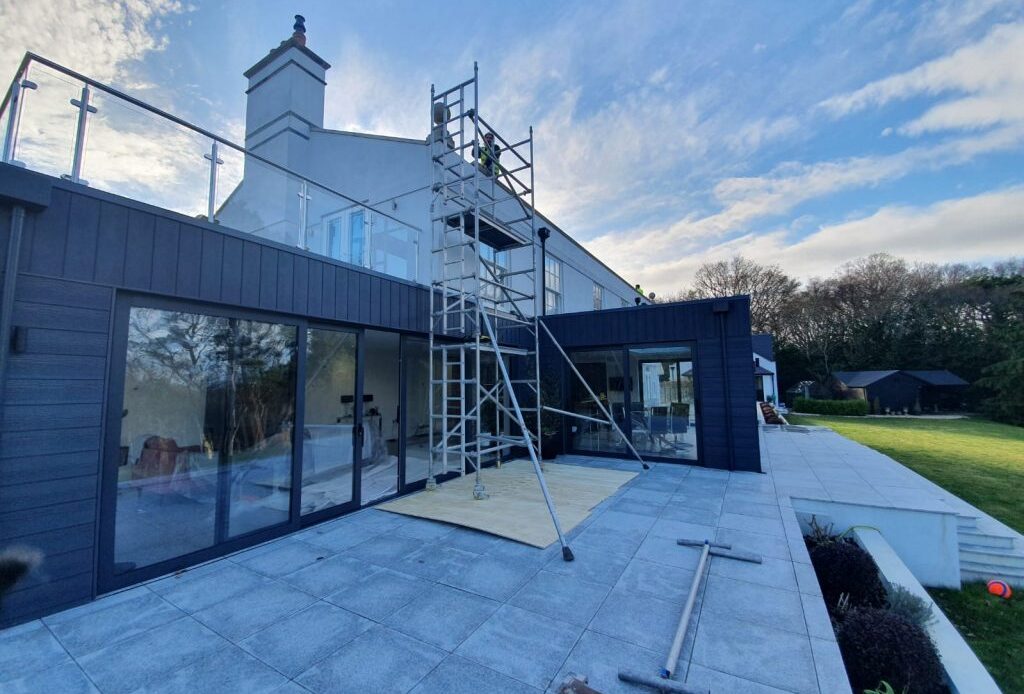
Loft Conversion can be defined as the conversion of an unused attic or loft area into an extension of another part of the house. Most often, loft conversions happen when a property owner finds the need to add more living space to his or her house and decides to convert an attic or an attached garage into an additional living space. Loft Conversions happen most often to homes that are old or have a poor state of maintenance. Homeowners whose houses are located in areas that receive less attention from home owners usually choose to make a Loft Conversion instead of having them demolished or re-built.
Most loft conversions take place when existing roofs are replaced with materials that would be more durable. An attic is not usually designed to carry much weight; therefore, heavy materials like concrete slabs or shingles are not used for its support. Roofs are usually made out of plywood sheets and are nailed to beams and walls using nails or screws. There are two types of conversions: flat roof and pitched roof. Flat roof structures do not incorporate gable roofs, whereas pitched roof structures incorporate gable roofs at certain portions of the Builder Poole.
In a typical loft conversion, the existing building regulations regarding ceiling height are adapted to allow for the creation of a new head height. The existing ceiling can be adapted by removing slabs or lifting ceilings temporarily. If there are already weak areas on the ceilings, the head height can be increased by extending beams and joists vertically. Alternatively, one can create a staircase that will allow access directly from the ground floor to the upper floors. The staircase can be constructed from concrete steps, rungs or steps made out of wood.
Before carrying out a loft conversion, it is important to consider the design and structure of existing buildings near the proposed location. The attic floor must be strong enough to bear the weight of the additional first and second floor dormers. A sloped roof with adequate gradient and width will be ideal. It is also important to decide whether the new roof construction will be thermal or functional. Thermal dormers are designed to allow heat to escape from the building, while functional dormers are meant to have space for equipment such as telephones and radiators.
Lighting is a crucial element of any loft conversion. It is preferable to install light inside the existing wall cavities to help illuminate the staircase and the exterior. It is also preferable to install lights in the main living spaces such as the dining room. It is recommended to use light colored and wall paper so that they can blend seamlessly into the existing interior design scheme. Similarly, all fittings and accessories used in the loft conversion must be waterproof to avoid moisture seeping into the newly converted loft spaces.
During the construction process, lighting is one of the most important factors considered. It is important to create extra living space within the existing ceiling to allow for uninterrupted natural light. A well-lit loft will create extra space for foot and body movement, improve safety and provide a conducive environment for working. One can also opt for a skylight in the loft conversion to enhance the overall lighting of the home office area. Apart from providing ample light for the daytime, the skylight will effectively reduce the amount of heat in the home office, thereby allowing the user to work comfortably during the night.
If you wish to include any ventilation or air conditioning facilities in the loft conversion, then you need to get a quote for your loft conversion from an experienced structural engineer who will also be responsible for designing the ventilation system. The best way to ventilate a large area is to install an open air conditioning or heating system. However, this option might not be possible due to space constraints. Therefore, if the attic can be transformed into an open area then the structural engineer can also suggest alternative venting solutions such as insulating panels. Another option is to install a skylight and get a quote for your loft conversion from an experienced contractor who can design and construct the skylight to match the requirements.
When it comes to bathroom could add a new room onto the house for additional sleeping space and the attic conversion costs might add up to more than a normal bedroom simply because of the additional requirements in terms of additional plumbing and wiring. Typically when adding a new room onto your home it will require a greater amount of plumbing work, more construction work, more electrical work and more ventilation. Therefore, it is not uncommon for the cost of a loft conversion to be more than a normal bedroom simply because of the added work involved with the installation. A qualified professional will be able to give you an accurate figure for your completed loft conversion costs and this cost can be compared with what you might expect to pay if you were completing a normal bedroom on the upper floor of your house. The bathroom might add value to your property and your home and therefore it is important that you consider all options available before deciding on one. The attic conversions are very popular, they are relatively easy to do yourself and the cost can be kept to a minimum as compared with a traditional bedroom.
